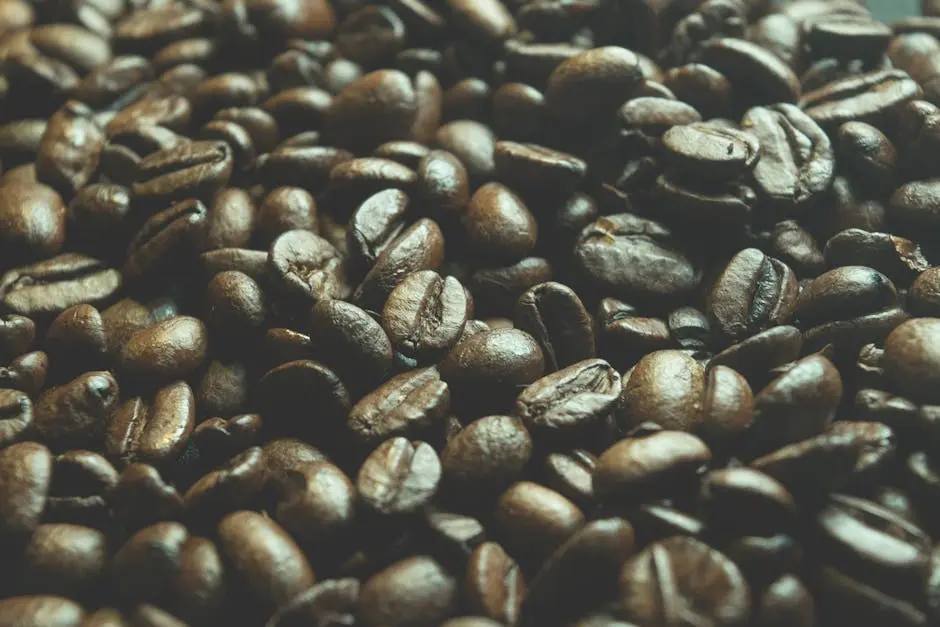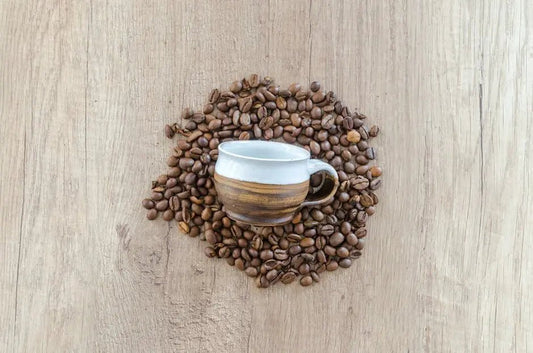Creating your own custom coffee blends allows you to personalize your coffee experience and discover unique flavor profiles. In this guide, we’ll walk you through the steps to blend coffee that suits your taste perfectly. Let’s dive in!
Step 1: Choose Your Coffee Beans
Choosing the right coffee beans is the foundation of your custom coffee blends. Start with high-quality beans, as they will significantly impact the flavor.
Consider different types of coffee beans, such as Arabica and Robusta. Arabica beans have a mild flavor and are often sweet, making them perfect for blends that seek complexity. On the other hand, Robusta beans are stronger and contain more caffeine, which can add a bold punch to your blend.
You can explore single-origin beans, which often showcase unique flavors from specific regions. For instance, coffee from Ethiopia might have floral notes, while beans from Colombia may present a nutty sweetness. This exploration will help you create blends that resonate with your flavor preferences.
When selecting beans, also consider the roast level. Light roasts preserve the bean’s original flavors, medium roasts provide a balance, and dark roasts offer a robust, smoky taste. Mixing different roast levels can lead to exciting flavor experiences.
Step 2: Understand Flavor Profiles
Understanding flavor profiles is crucial for crafting your custom coffee blends. Coffee flavors can range from fruity and floral to chocolatey and nutty. By familiarizing yourself with these profiles, you can create more harmonious blends.
Start by identifying the flavor notes that appeal to you most. For example, if you enjoy bright and citrusy flavors, you might opt for beans from East Africa. Alternatively, if you crave sweetness and comfort, look for chocolatey notes found in many Central American coffees.
There’s also the concept of balancing flavors. Pairing a bright and acidic coffee with a smooth and deep one can create contrast, bringing out the best qualities in both. Exploring how different flavors interact will lead you to unique and delightful blends.
Don’t forget the importance of aroma when considering flavor profiles. The smell of coffee can significantly influence your tasting experience. As you prepare your blends, take a moment to inhale the tempting aromas wafting from your freshly ground beans.
Step 3: Experiment with Ratios
Now that you’ve chosen your beans and understood flavor profiles, it’s time to experiment with ratios. The ratio of different coffee types in your blend will ultimately define the taste.
Start simple. Begin with 50⁄50 blends of two different types of beans. This balanced approach allows you to taste both flavor profiles equally, helping you understand how they complement each other.
As you gain confidence, don’t hesitate to shift the ratios. For example, if you prefer a lighter flavor, consider using 70% of your lighter roast and 30% of a darker roast. This experimentation is the heart of creating your perfect blend.
Document your ratios and tasting notes. Keeping a coffee journal will not only help you remember your favorite blends but also provide insights into what works and what doesn’t in your blending journey.
Step 4: Brew and Taste Test
The next step is to brew your blend and conduct a taste test. It’s an exciting moment when you finally get to experience the fruits of your labor!
Use various brewing methods to see how the taste may change; something as simple as a French press versus a pour-over can drastically alter your flavor profile. Pay attention to how each method brings out different characteristics of your blend.
As you taste, evaluate each coffee’s body, acidity, sweetness, and aftertaste. This critical assessment will be valuable for refining your recipe. Invite friends or fellow coffee enthusiasts for a taste test – their feedback might inspire new ideas!
Make sure you prepare the coffee according to good brewing practices, like using fresh, filtered water, and keeping your brewing equipment clean. The quality of your brew directly influences the tasting experience.
Step 5: Refine Your Blend
The final step is to refine your blend. After testing, you may find some flavors overpowering or lacking; this is normal, and it’s all part of the creative process.
Take notes on your tasting sessions and adjust accordingly. You might discover that adding a hint of a third type of bean creates the balance you were looking for.
Experiment with different brewing methods or adjust your grind size to see how these factors affect your custom coffee blends. Sometimes, a simple change like a coarser grind could elevate your coffee experience.
Finally, don’t forget that coffee blending is as much about joy as it is about precision. Enjoy the journey, embrace the learning curves, and keep experimenting. Your perfect blend awaits!
Start Blending Your Perfect Coffee
Now that you have the tools and knowledge to create your own custom coffee blends, don’t be afraid to experiment! The world of coffee is vast, and your perfect cup is just a blend away. Enjoy the journey and savor every sip!








